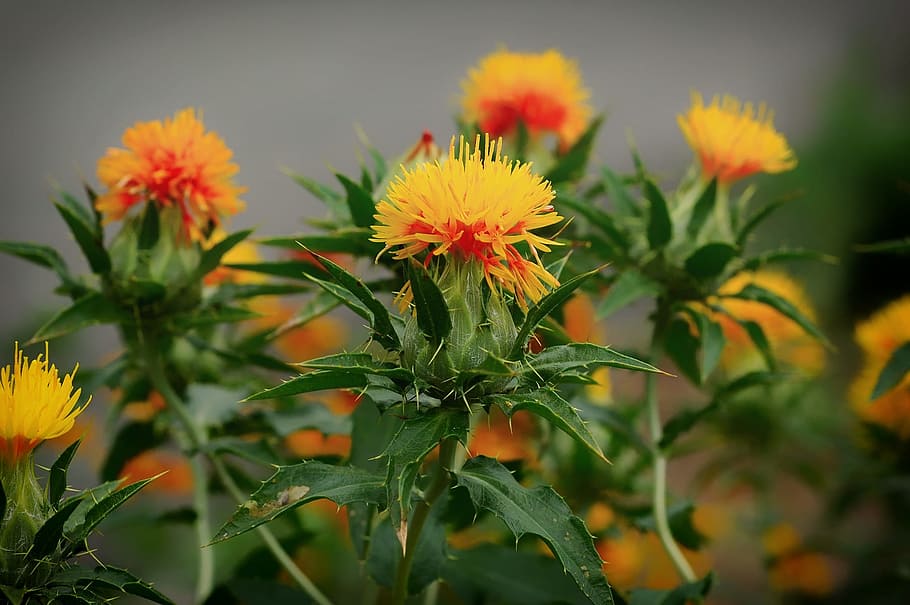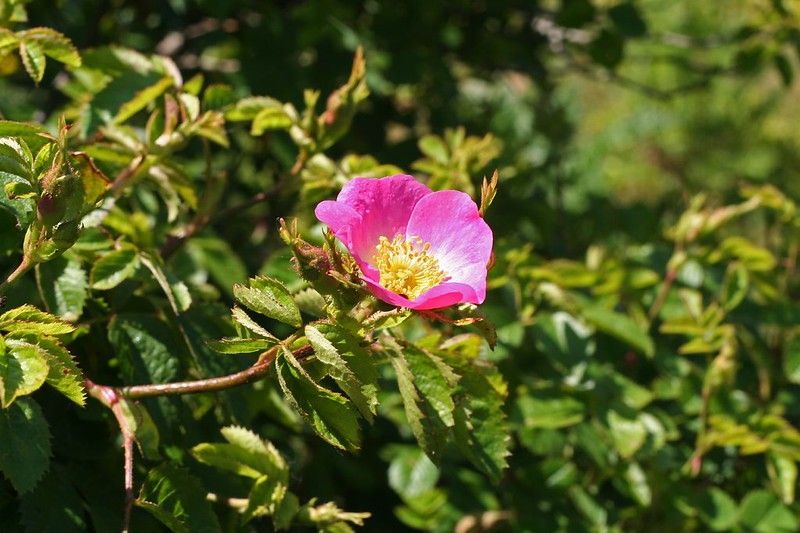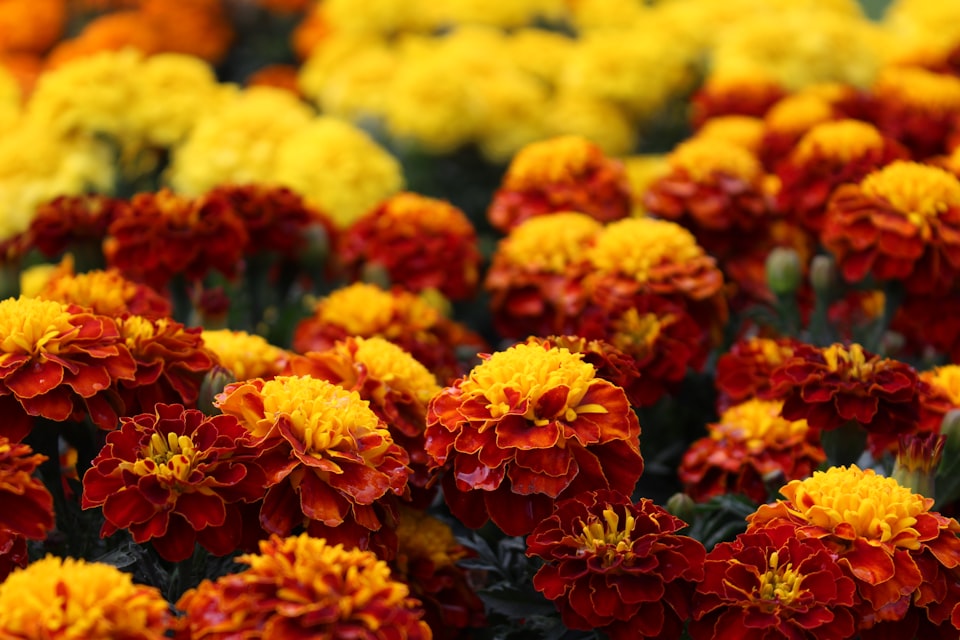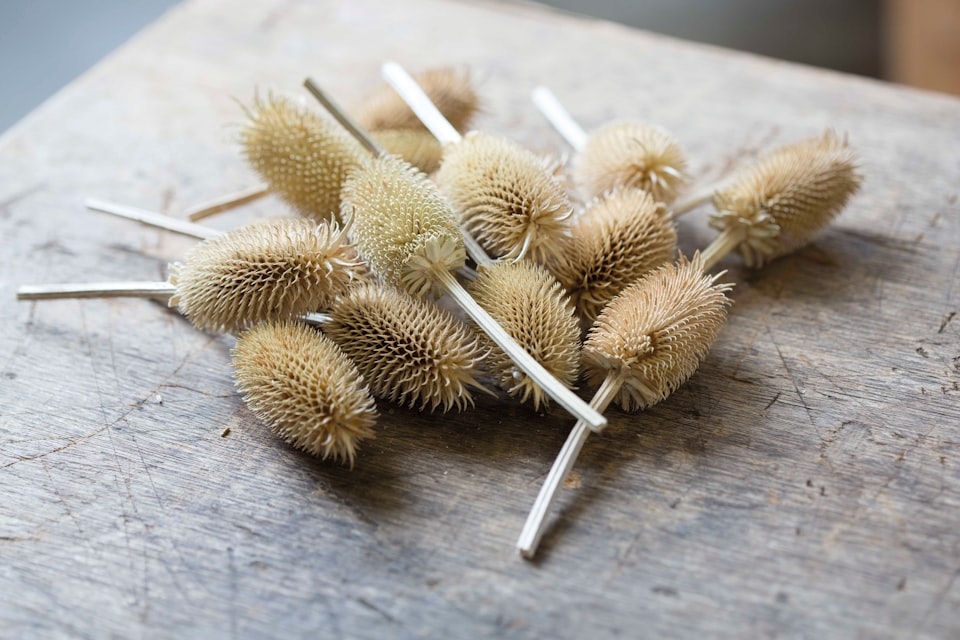VIII: Safflower
The good and evil of safflower oil.

Good morning. Today is octidi, the 8th of Thermidor, Year CCXXXI. We celebrate la carthame, yet another daisy that's great for making healthy cooking oil.
Safflower is one of the oldest cultivated plants and from the start was mostly harvested for the oil that could be pressed from its seeds. This oil is nearly odorless and has turned out to be one of the healthier cooking oils, particularly for people with diabetes. While the natural pressed oil is categorized as perfectly safe by the FDA and recommended by many nutritionists for ameliorating (or at least not making worse) several dietary health conditions, there's another safflower oil product on shelves that's marketed for weightlifters and should be viewed with some side-eye.



